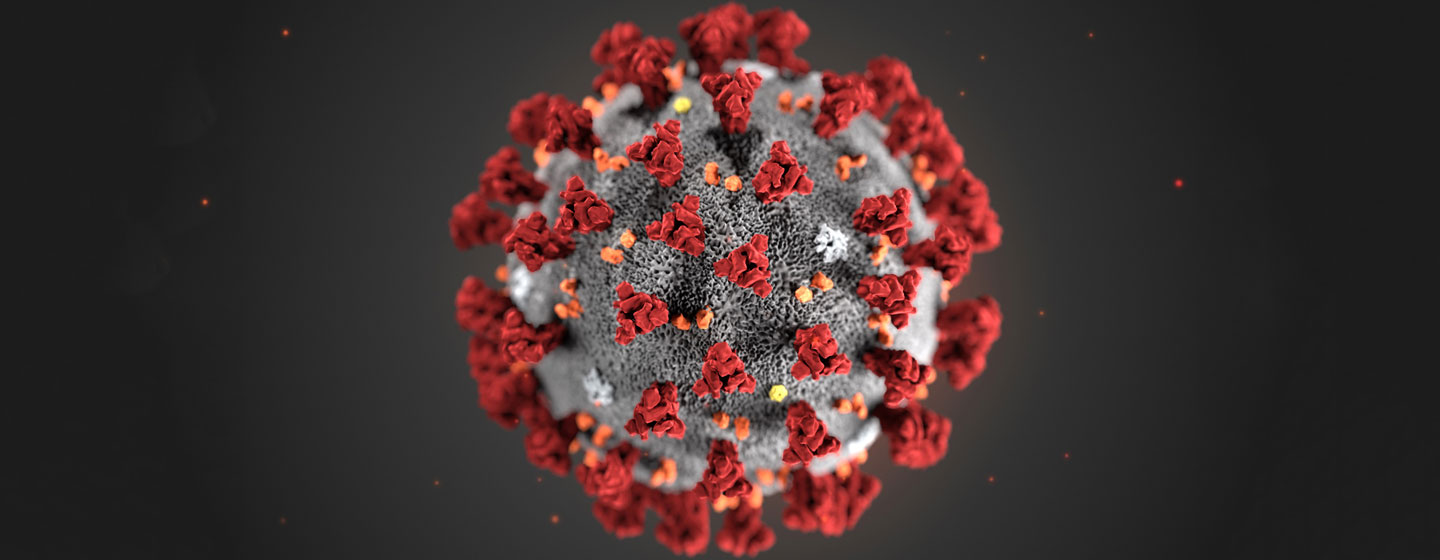Share This Article
Good Doctor – COVID-19 has claimed nearly 120 thousand human lives worldwide and infected more than 1.9 million global citizens based on data from Jhons Hopkins University and Medicine (14/4). Does this data make you want to find out what exactly is the coronavirus that causes the COVID-19 disease that is currently endemic? How much do you understand about this coronavirus?
Let’s refresh our memories of what the coronavirus is!

Viruses are non-cellular microorganisms, small in size, having a simple composition with one type of nucleic acid, which can only multiply in living cells. Coronavirus itself is a single-chain positive-sense RNA virus and is part of a large family of viruses that live freely in nature.
The virus is named corona because it has a crown-like shape that protrudes on its outer layer. Coronaviruses cause many diseases in human animals, including respiratory disorders, digestive disorders, neurological disorders such as Severe Acute Respiratory Syndrome (SARS) and Middle East Respiratory Syndrome (MERS).
Where did it come from?
The recent outbreak of the epidemic began when a patient with pneumonia of unknown cause was first identified in Wuhan, China. The virus that infected these patients was isolated from their lower respiratory tract and was a new strain of coronavirus.
This new strain of virus was eventually named as 2019-nCoV (novel coronavirus) by the World Health Organization (WHO), while the disease was named COVID-19 (Coronavirus Disease 2019).
As a coronavirus in the beta group, 2019-nCoV has an outer layer and round or oval particles of 60-140 nm in diameter, and is often polymorphic. 2019-nCoV is sensitive to ultraviolet light and heat, and is also effectively inactivated at 56°C for 30 minutes, and lipid solvents such as ether, 75% ethanol, chlorine-containing disinfectants, paracetic acid, and chloroform.
However, chlorhexidine, usually contained in mouthwash, cannot effectively inactivate this virus. The genetic characteristics of 2019-nCoV are significantly different from SARSCoV and MERS- CoV. Current research has shown that 2019-nCoV shares homology, a shape similarity, of more than 85% with bat SARS (bat-SL-CoVZC45).
How is the virus transmitted?

As is well known, droplets of saliva from breathing and direct contact with other people are the main medium of transmission.
Transmission via aerosols, especially saliva when the patient coughs or sneezes is also a high possibility. Plus, if the virus is transmitted through airborne aerosols in a relatively closed environment, so it is exposed to high concentrations of airborne aerosols.
Therefore, the new coronavirus can be isolated from feces and urine, where you should pay attention to air aerosols or contact with pollution caused by feces and urine.
So who is vulnerable to 2019-nCoV?

All people are inherently susceptible to infection with 2019-nCoV. As contact with a patient infected with 2019-nCoV or another individual carrying the infection(carrier) can lead to transmission.
In the elderly or individuals with a background of chronic diseases, infection with the virus may progress faster, be more severe, and have a worse prognosis after infection.
How long does it take for COVID-19 symptoms to appear?
From epidemiological studies that have been conducted, COVID-19 symptoms can be seen in just one to 14 days after exposure, generally seen in 3-7 days.
So, it is important for Good People to stay at home and take GOOD steps to prevent the transmission of COVID-19.
Consult your and your family’s health problems through Good Doctor in 24/7 service. Our physician partners are ready to provide solutions. Download the Good Doctor app here : https://gooddoctor.onelink.me/Cmiw/HomepageArticle

